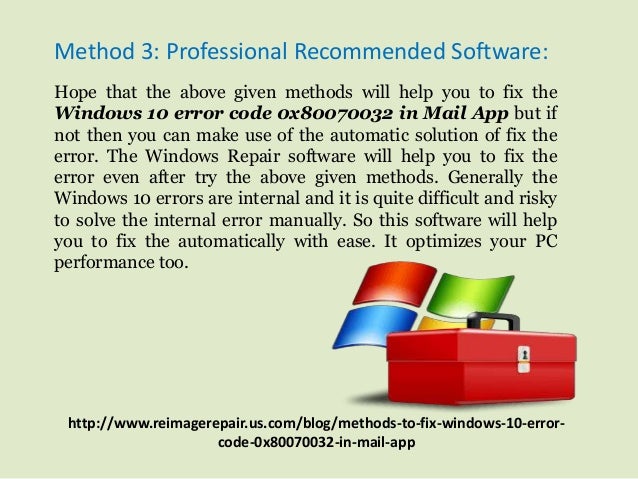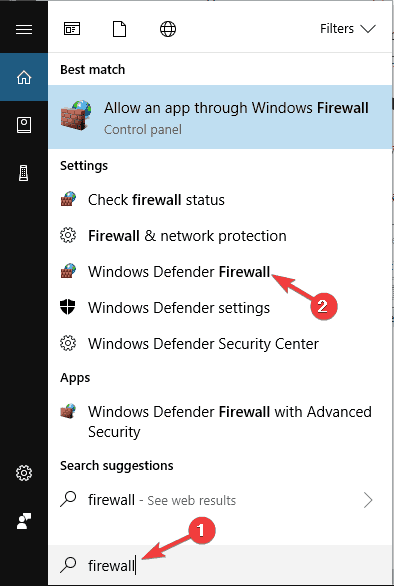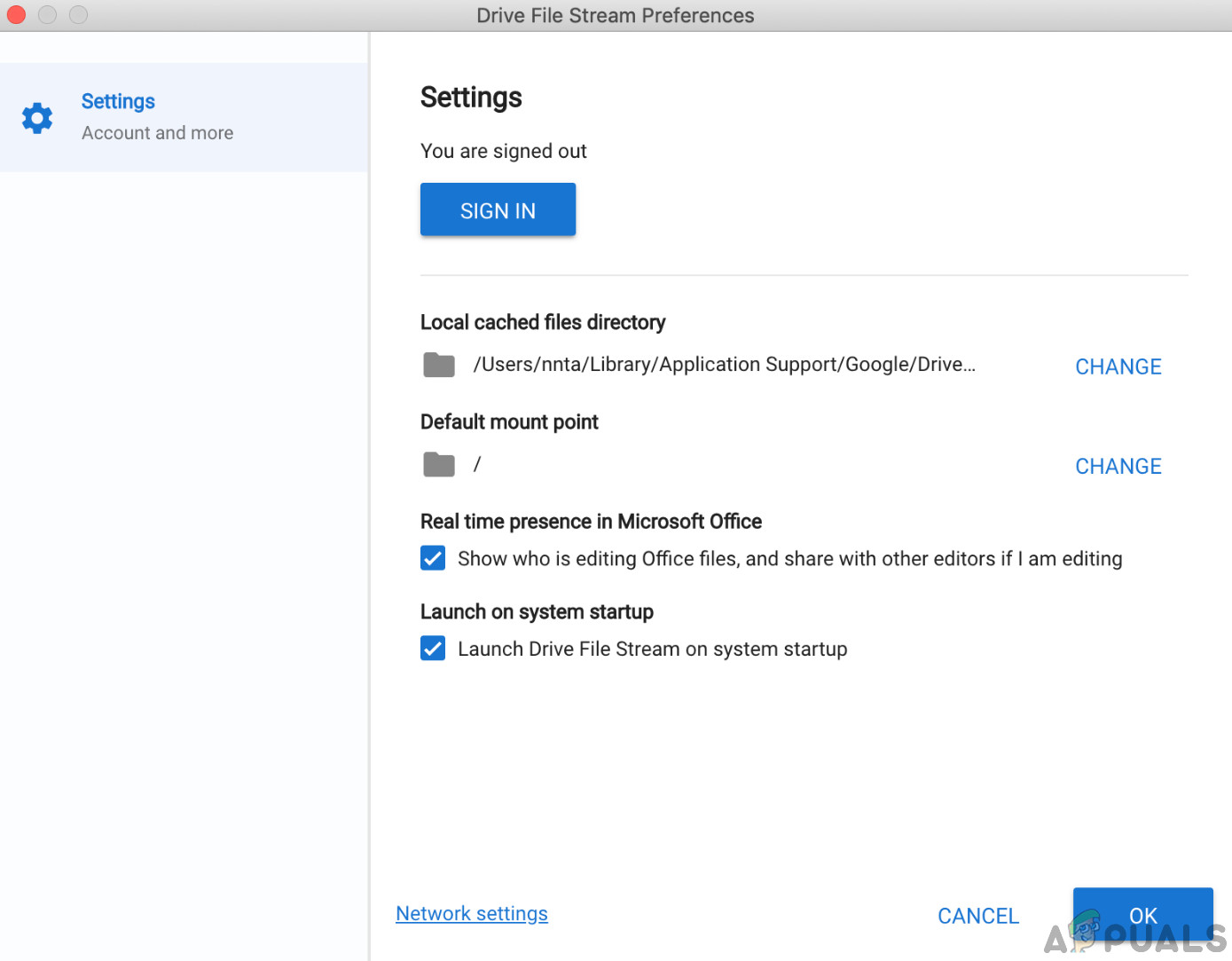
What you can't do with Google Drive - that you can with some other services - is sync files or folders in place. You can also move entire folders in your Google Drive. Within file size and space limits, anything you can store on your hard drive can also be stored in a cloud drive.

Just to be clear: I can store any file? Any folder? Files accessed directly from cloud-based services, like Google Docs, don't suffer from this problem, since changes are made directly on the Web version of the file. Most cloud storage services will flag conflicts with file name or extension changes, but untangling conflicting files is never fun. There is a potential danger when using synchronization: If you update a file before your cloud service has sent you the latest version, you can end up with collisions or version conflicts.


Google Drive is also the new name for Google Docs, which is Google's suite of Web-based productivity tools - its word processor, spreadsheet, and presentation app. You can access those files from or from other computers, including mobile devices. Anything stored in that folder is kept on your hard disk and also copied to your account in the cloud. Google Drive is a way to store your files on Google's servers, or "in the cloud." If you run the free Google Drive application, then you get a folder on your computer (Windows or OSX) that looks just like a directory on your hard disk that you can drag your files in to.

Got more questions? Add them in the comments or e-mail the author we'll add to the story as needed. Got questions about Google's new cloud storage product, Google Drive? Here are some answers.


 0 kommentar(er)
0 kommentar(er)
